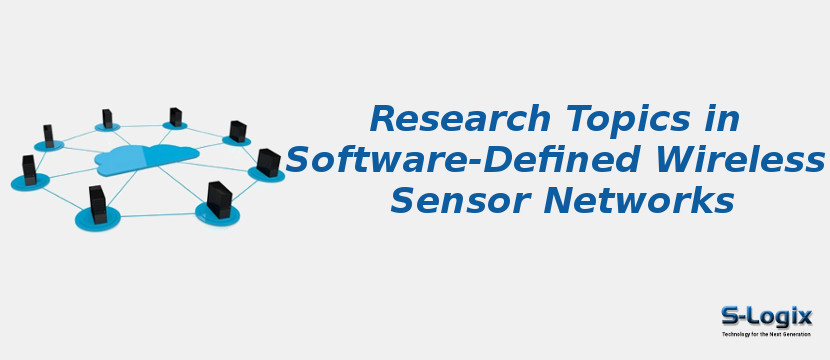Wireless Sensor Network (WSN) is a distributed sensor network at the tip that can sense and survey the outside world. The Sensors in WSN communicate wirelessly, so the network settings are flexible, device locations can change at any time, and wireless connections to the Internet are feasible.
A WSN is a great low-rate wireless personal area network platform with few resources and the shortest communication span. Software-Defined Wireless Sensor Network (SDWSN) is a good approach to improving the efficiency and sustainability of WSNs with other networks. The SDWSN is envisioned to make,
• Reduce network complexity
• Simplify device configuration and
• Improve network management by introducing adaptive computing evolution.
WSNs rendered older technology systems and strategies to be very less effective. It is motivated by the SDN strategy to implement flexible and managed computer networks. Wireless sensor networks are adequate to integrate different sensing capabilities and provide huge support for various real-world applications. The various benefits of SDN introduced to this management utilized in several applications are :
• Environmental applications
• Medicine and healthcare application
• Military applications
• Wireless home networks.
WSN plays a critical role in various applications that include
• Smart grids
• Smart farming
• Environment monitoring
• Public safety networks
• Intelligent transport systems
• Health care
• Smart homes.
The SDWSN also works in Routing, Reliability, Mobility, Localization, Quality of service, Management, Wireless power transfer and Security systems. Two types of WSN are classified, namely
• Structured WSN,
• Unstructured WSN.
Structured WSN: Structured WSNs have a small number of sensor nodes that are very easy to control and manage.
Unstructured WSN: Unstructured WSNs have many sensors deployed in an ad-hoc manner. So, the result of WSN is more difficult to control and manage.
As part of a large-scale WSN, such mechanisms must be employed to allow for maintainability and system self-healing. WSN technologies have resource constraints regarding memory, power, bandwidth and processing capabilities. It can be tailored to meet one or more of the following design criteria such as :
• Energy Efficiency
• Robustness
• Scalability
• Reliability
• Adaptability.
